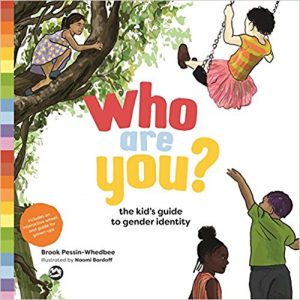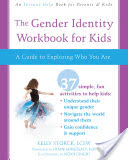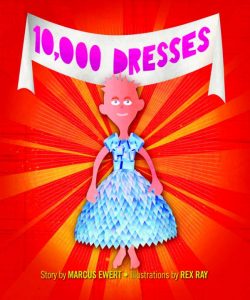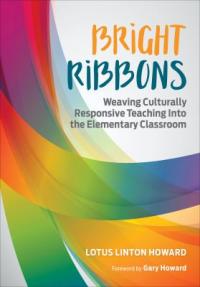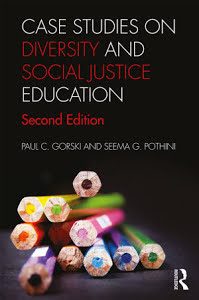Who Are You? The Kid’s Guide to Gender Identity by Brook Pessin-Whedbee
This book introduces children to gender as a spectrum by talking about how individuals experience gender differently. By assuring children that it is okay to talk about how we experience gender through our body, our expression, and our gender identity, Pessin-Whedbee hopes to bring an understanding that gender is individual and it is something that connects us to the people around us. This book encourages children to be who they are, and explores how gender identity can be expressed through feelings, through what you like, how you likes to dress, and how you act. Included in the book is a guide for grown-ups with an additional list of resources for reading with a class or any group of children. The back of the book also includes a page-by-page guide to key concepts and discussion points. The book also comes with a three layer simplified gender wheel that can be used to help children express their body, identity, and expression.
The Gender Identity Workbook for Kids: A Guide to Exploring Who You Are by Kelly Storck
Uniquely created with thirty-seven fun activities, this workbook is created to provide information about gender that reflect the experiences of gender-diverse children. The author hopes that this book serves as a guide with aims to support a happy and healthy life for a growing child. Storck suggests that the best way to use the workbook is to allow the child to take the lead in uncovering their gender experience. The workbook is divided in three sections: “Understanding Gender,” “Understanding Me,” and “Being Me.” These sections are intended to help the child learn more about gender, more about their unique gender, and how to be the happiest, healthiest, and truest version of themselves. The workbook is meant to be fun and inclusive to support all gender-diverse youth with their journey of self-discovery.
10, 000 Dresses by Marcus Ewert
This beautifully illustrated picture book written by Marcus Ewert tells the story of Bailey, who dreams every night about magical dresses made of of crystals and rainbows, flowers, and dresses made of windows. Bailey is able to dream of up to 10, 000 dresses, but Bailey’s family members does not want to hear about these amazing dresses and reminds Bailey and she is a boy. Bailey’s dream of making beautiful elaborate dresses eventually come true when she meets an older girl who loves Bailey’s imagination and creativity. Readers are brought onto this journey with Bailey as she discovers an outlet for self-expression, friendship, and acceptance. 10, 000 Dresses is a picture book that can be used for in-classroom reading for empowering and inspiring other children who are struggling with gender expression.
Bright Ribbons: Weaving Culturally Responsive Teaching Into the Elementary Classroom by Lotus Linton Howard
After spending four decades teaching in diverse classrooms in inner-city schools, Howard’s growing passion for social justice and the educational rights of all children inspired the development of this textbook. Focusing on culturally responsive teaching (CRT) practices, the author aims to create a curriculum that builds on relationships with students while creating a community where every child can thrive. This is an instructional textbook for educators interested in how to use CRT as a philosophy that infuses every aspect of the school day, strategies using the weaving strategies of the seven principles of CRT into all lessons and activities, and how to be more self-reflective in unlocking students’ individual uniqueness.
Case Studies on Diversity and Social Justice Education by Paul C. Gorski and Seema G. Pothini
This is the second edition of a text that aspires to challenge educators to consider their teaching in light of the “sociopolitical context of schooling” (Introduction), in other words: the relationship between inequities in the education system and those in society. The authors feel that the case method strengthens efforts to prepare educators to “think, teach, lead and advocate more equitably and justly” (Introduction), by providing opportunities to identify biases and ideologies and to practice in-depth analysis and problem-solving skills. Scenarios present school/classroom injustices based on issues of racism, sexism, ableism, transphobia, heterosexism, socio-economic status, religious, linguistic and ethnic differences.
These can all be be found in the New Titles shelf of the OISE library, close to the seating area against the west window near the Circulation Desk.

